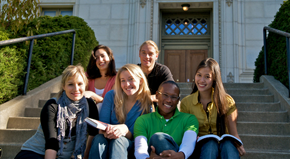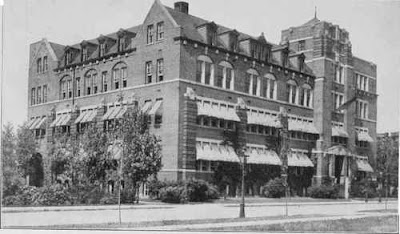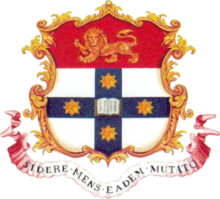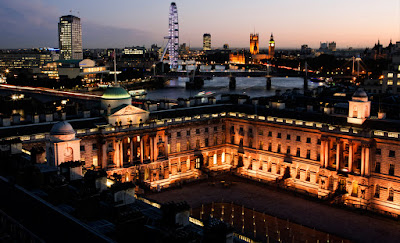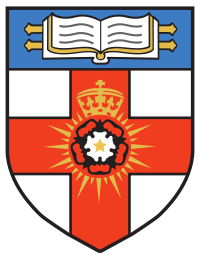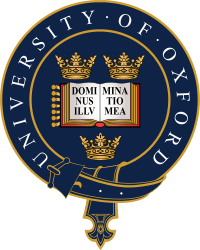Queen Mary University of London (officially abbreviated to QMUL, informally known as QM) is a public research university located in London, United Kingdom, and a constituent college of the federal University of London. With roots dating back to the founding of the London Hospital Medical College in 1785, Queen Mary College was admitted to the University of London in 1915, named after Mary of Teck, Queen of the United Kingdom. In 1989 Queen Mary College merged with Westfield College to form Queen Mary and Westfield College. In 1995, Queen Mary and Westfield College merged with two distinguished medical colleges, St Bartholomew's Hospital Medical College, established in 1843, and the London Hospital Medical College, England's first medical school, founded in 1785. It is recognised as one of the most prestigious Universities in Europe.
Queen Mary is frequently ranked among the top universities in the UK, Europe and is among the top 100 universities in the world. It was recently ranked among the top 5 universities in London.[3] There are six Nobel Laureates amongst Queen Mary's alumni and current and former staff.[4]
Queen Mary's main campus is located in the Mile End area of the East End of London, with other campuses in Holborn, Smithfield and Whitechapel. It has around 17,000 full-time students and 4,000 staff[5] and an annual turnover of £350 million, of which around £100 million is from research grants and contracts. Queen Mary is organised into three faculties – the Faculty of Humanities and Social Sciences, the Faculty of Science and Engineering and Barts and The London School of Medicine and Dentistry – within which there are 21 academic departments and institutes. It is one of the largest colleges of the University of London.
Queen Mary is a member of the Russell Group of leading British research universities, the Association of Commonwealth Universities and Universities UK. Queen Mary is a major centre for medical teaching and research and is part of UCL Partners, the world's largest academic health science centre. It has a strategic partnership with the University of Warwick, including research collaboration and joint teaching of English, history and computer science undergraduates. Queen Mary also collaborates with Royal Holloway, University of London to run programmes at the University of London Institute in Paris.
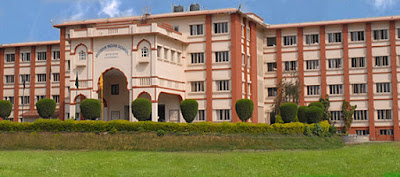 3 Assam
3 Assam 9.3 Vadodara
9.3 Vadodara 24 Punjab
24 Punjab